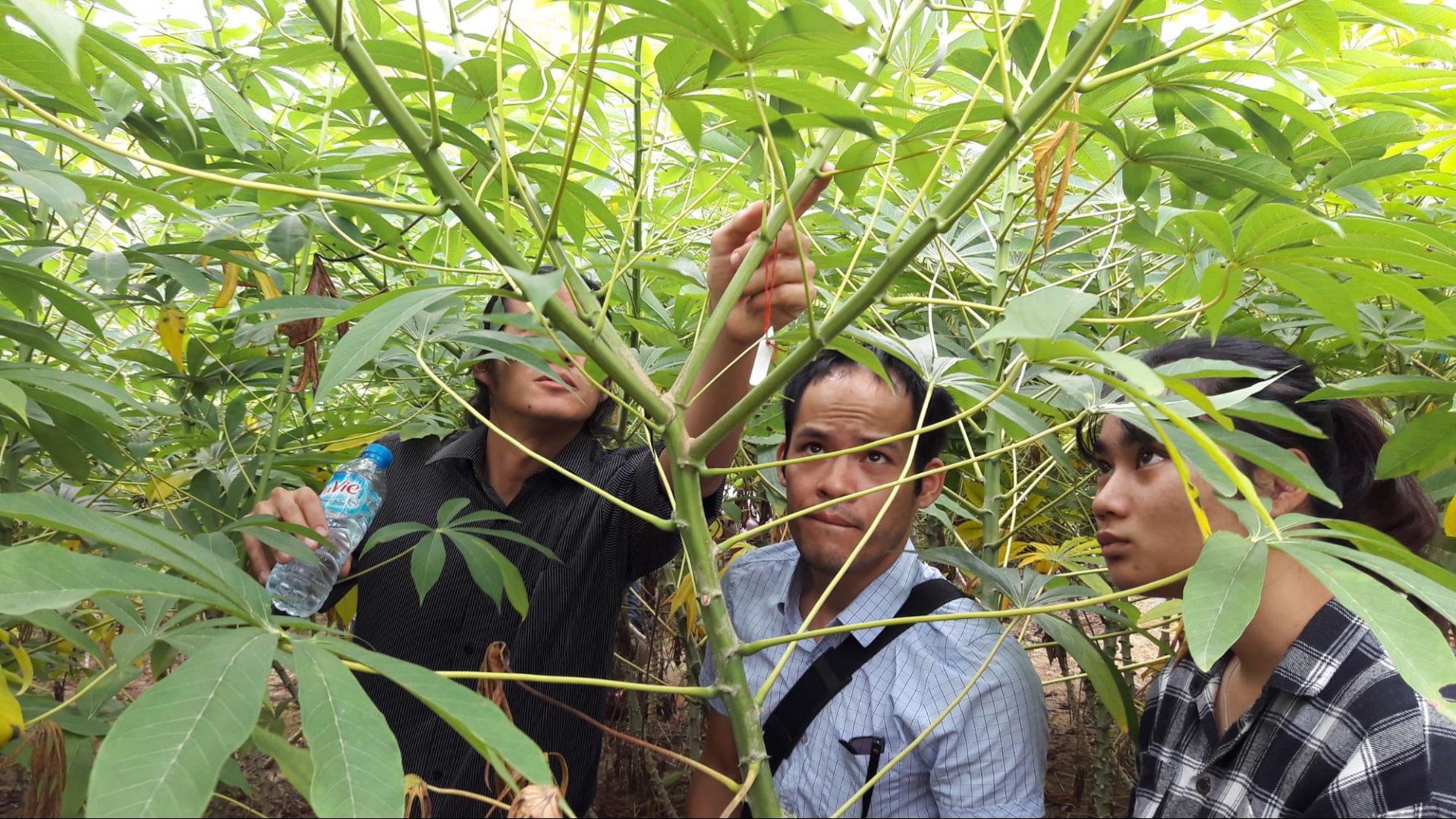By Lizzy LaFave
Referring to the film series starring Sylvester Stallone as a brute survivalist, researcher Julian Ramirez-Villegas joked, "cassava is the 'Rambo' of the food crops." Extremely resistant to variable climate conditions, the starchy tuber is the focus of a new simulation model that recommends best practices for the popular crop.
Leveraging a grant from the Global Center for Food Systems Innovation, Ramirez-Villegas and his researcher partner, Tin Maung Aye, both of the International Center for Tropical Agriculture (CIAT), developed a computer model that simulates cassava growth based on field data the team generated while working in Vietnam.
By utilizing data on water balance, phenology, photosynthesis, and carbohydrate distribution within the plant the model considers climate, crop strain, fertilizer, and soil type and predicts the best growing conditions for maximum yields.
"We're going to use that model to define appropriate management recommendations to increase yields and increase livelihoods in Southeast Asia," said Ramirez-Villegas. "It is not practical to think that the local farmers will be directly using this model, as that would require a desktop computer to be common household technology."
Instead, a farmer will work with an extension agent who will put the farmer's growing conditions into the model, and tell them the ideal situation to maximize cassava yield.
The agent will visit the farmer's plot and collect data from the plant and the surrounding environment. By collecting data the simulation device can diagnose growing conditions that are not favorable to yields, such as nitrogen deficiency in the soil, unfavorable energy distribution among the plant parts, or use of a less than ideal strain of cassava.
Also called yucca, cassava is commonly used to make flour, and is popular to grow due to its adaptability to weather fluctuations.

"If it is too dry, the crop shuts down and waits for a couple weeks or even a month for favorable conditions to come
back. If it's too hot, its yields do not go down, at least not as quickly as wheat, maize, or rice," Ramirez-Villegas said. "It also requires very little income, so anyone can grow it. It's ideal for resource-poor farmers."
According to the team's research, when grown in optimum conditions, cassava yields have the potential to increase substantially. And by utilizing the simulation model to test different "what if" scenarios, farmers are given insight to make further educated decisions. The combination can lead to enhanced food and income security for smallholders in Vietnam and beyond.
Housed within MSU's International Studies and Programs unit, the Global Center for Food Systems Innovation addresses critical pressures on the world's food supply by creating, testing and enabling the scaling of solutions. GCFSI takes a multidisciplinary approach that encompasses the entire food system and considers major environmental, economic and social trends, as well as workforce development needs that impact food security. Launched in 2012, GCFSI is one of eight development labs established through the Higher Education Solutions Network of the United States Agency for International Development.